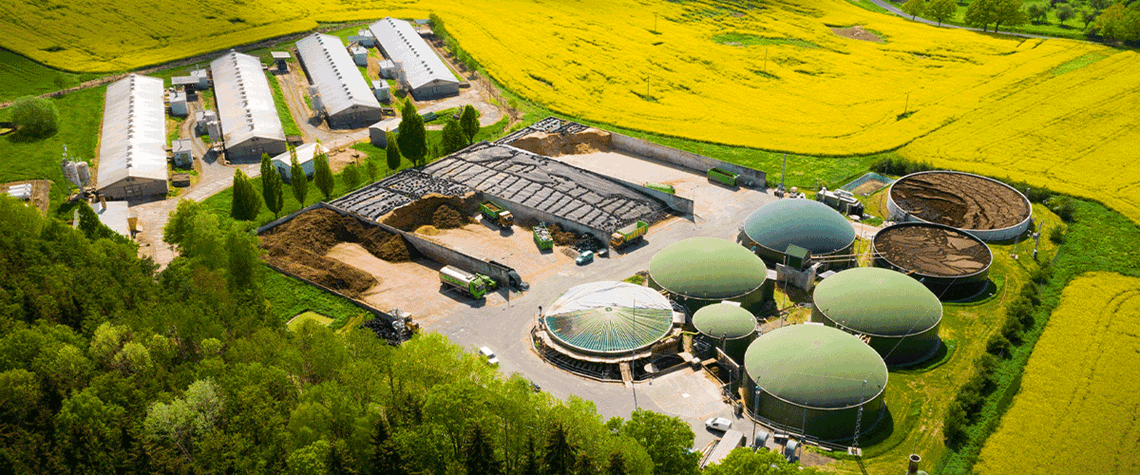The natural gas sector has undergone many changes in the last few decades. Back in the 1980s gas was still considered a “noble fuel” destined only for home heating and other limited markets. By the 1990s, natural gas was being produced in quantities that made it a fuel of choice for power generation and other large-scale industrial uses, aided by exponential growth in the LNG sector. During the 2000s, gas took on the moniker of the “transition fuel”, a cleaner, lower-carbon form of energy that advocates saw as a foundation for many decades of continued development and growth.
Arguably the development that started to “rain on the parade” was in fact one of the most positive—the shale gas revolution. That marked a tipping point, where first the risks of fracking and water source pollution were seized upon and then climate concerns raised new hurdles to be overcome. The clean and climate-friendly image of gas and LNG is now in doubt.
So, as we start another year, almost halfway through the 2020s, gas seems to have an uphill struggle in the competition with renewables, green hydrogen, battery storage and other zero-carbon technologies that have so much potential, at least in the long term. But is gas and the global trade in LNG really on the way out? Many would have you believe otherwise. Let’s look at some of the reasons why.
Let’s start with some of the hard and fast data around gas and LNG. Each 1m Btu of natural gas creates around 55kg of CO₂. Depending on the source, development plan and delivery chain, as much as another 30kg of CO₂ can be produced producing, processing, liquefying and shipping the gas before it reaches the end user. That’s 30kg of emissions that can be addressed in some form or another. Electrification of pumps and compressors, controlling fugitive methane emissions and other mitigation technologies are already starting to make inroads, with more to come.
Next, technologies such as CCUS are evolving at a rapid pace. This can include relatively low-hanging fruit such as capturing and storing CO₂ from an acid gas removal plant, an essential step prior to liquefaction. Not only does this mitigate the carbon intensity of LNG production, but under current US tax credit mechanisms it is also profitable!
CCUS also has the potential for a game-changing transformation of the gas industry by incorporating gas-reforming technology within the value chain and removing the carbon before the gas is sent on to the consumer, in the form of hydrogen or, more practically speaking, ammonia.
Let’s go back to that 55kg of CO₂ again and work through the economics. Right now, US tax credits and European emissions trading system credit prices are in the range of $85 to $100/t of CO₂. That means the costs of addressing emissions are in the range of $4 to $6/m Btu in addition to the cost of the fuel. In round terms, that’s not so different from the cost of constructing and operating a gas-reforming plant and permanently sequestering the CO₂, although combustion gases are more costly to deal with than the process CO₂ that is produced.
It’s not a perfect solution, but it can mitigate CO₂ emissions up to about 90%. The higher the price put on carbon, the more feasible hydrogen or ammonia produced from gas becomes.
Moving on from the conventional fossil fuel sources of gas, how about biogenic gas? Although small-scale natural gas production from biomass has been a feature of the developing world for many years, “biogas” is rapidly being transformed into an industrial-scale, global industry. Biogas is a mixture of methane and CO₂, but it’s CO₂ that’s been captured from the atmosphere and re-released, as the gas is purified into conventional natural gas quality. That makes it carbon neutral.
Biogas as a renewable LNG feedstock, or “RNG”, is therefore another promising avenue for the industry. RNG also has the potential to be blended with hydrogen to continue to utilise the billions of dollars of natural gas and LNG infrastructure that exists today, with a lifespan of multiple decades.
Better still, why not combine biogas with CCUS technologies to create “carbon-negative gas”, effectively removing CO₂ from the ecosystem, going from “net zero” to “net negative”. As the world places a higher value on carbon, whether it’s through credits, subsidies, carbon taxes or cap and trade systems, more and more of these low-carbon solutions for natural gas start to become a reality based on commercial rates of return, and on an ever-increasing scale.
Finally, although not yet firmly established as a full climate solution, carbon offsets are emerging onto the market, and have already been used to create “carbon-neutral” LNG cargoes. Since 2018, industry estimates suggest that over 60 offset cargoes of LNG have been delivered, approximating to about 4mt of LNG, with most deliveries being made to China, Taiwan and Japan. There is now a standard for offsetting LNG cargoes, which is helping to standardise what has been an ill-defined practice and establish carbon-neutral LNG as a verified source of carbon reduction.
So is gas and LNG destined to be cast aside to make way for greener solutions? Far from it. Those blue flames are burning with a growing shade of green these days.
Nick Fulford is the senior director, gas/LNG-carbon management-energy transition – Americas at GaffneyCline.
Any views expressed in this article are strictly those of the author and should not be attributed in any way to GaffneyCline.
This article was published as part of PE Outlook 2024, which is available for subscribers here. Non-subscribers can purchase a copy of the digital edition here.








Comments